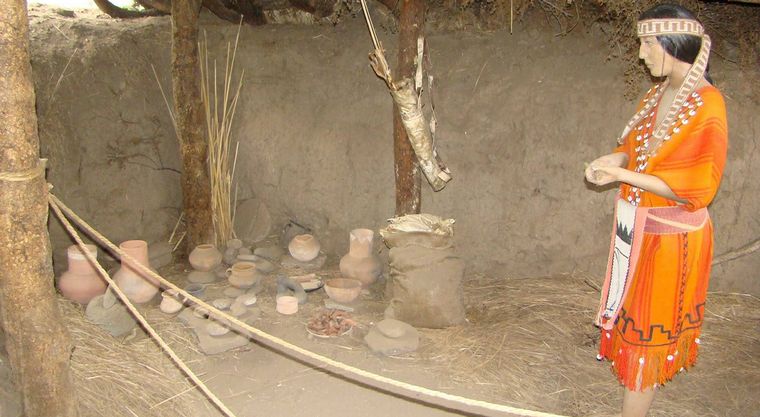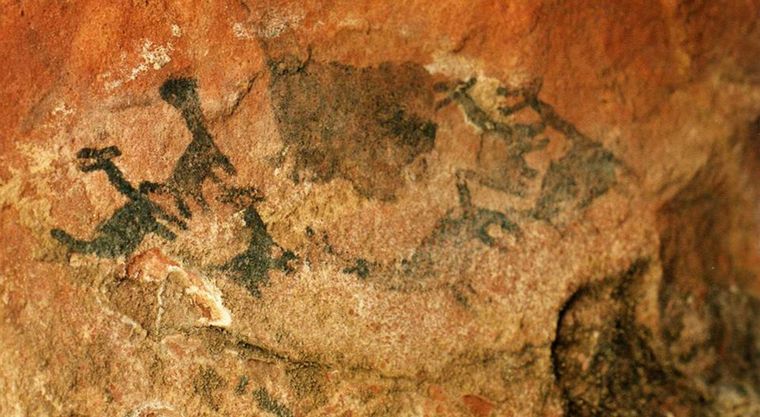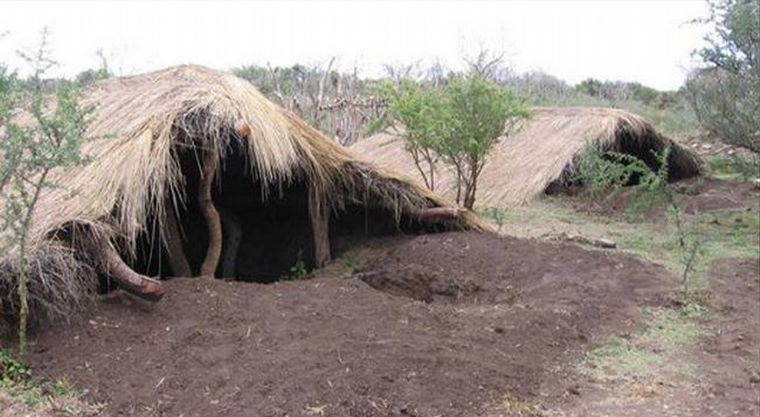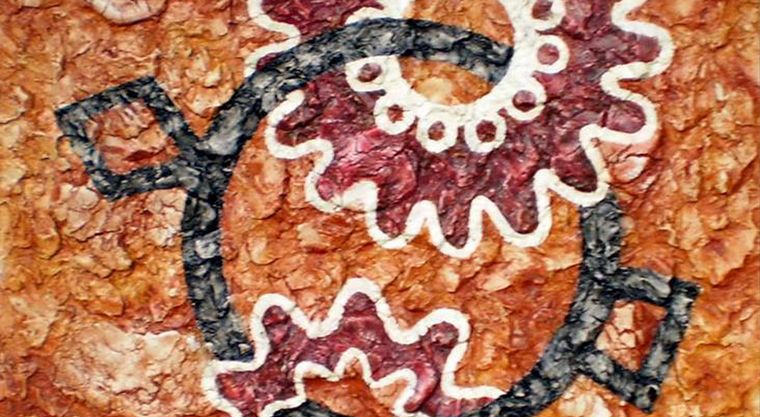
[ad_1]
Native Americans Day is celebrated on April 19 in commemoration of the Inter-American Indigenous Congress held in the Mexican town of Patzquaro in 1940. Representatives of the majority of indigenous cultures from across the continent gathered there for the first time. both to analyze their situation and seek common paths in the face of the adversities they have been confronted with. As a result, the Indian Inter-American Institute was founded, an entity which today has its headquarters in Mexico and depends on the Organization of American States (OAS).
To commemorate this anniversary, Grupo Edisur tells you about the traces left by the Comechingones, the main aboriginal community of the region, in the mountains of Cordoba, many of which are intact despite centuries of antiquity.
From Hênîa – kâmîare to Comechingones
Hênîa in the north and Kâmîare in the south, were two indigenous cultures that lived together in the mountains that divide the provinces of Cordoba and San Luis. After the arrival of the Spaniards, these towns received the name of “comechingones”, as a means of reducing the complexity implied by the heterogeneous cultural diversity that existed among the inhabitants of the region.

This community has been the promoter of the characteristic “air cordovan”, which is differentiated by the extension as sung of the vowels. In addition, he had an interesting mythology, a great development of the loom and, above all, cave painting.
Well houses: a house adapted to the seasons
One feature that set the comechingones apart was the way they built their houses, called “well-houses”. They used the semi-submerged stones in the mountains or caves in the earth as walls, and they were covered with piles of straw.
The choice of materials and their sheltered location allowed them to stay warm in winter and cooler in summer. The buildings were rather low and below ground level. Many of them still remain in the middle of the mountainous landscape. In the center of the room, there was a fireplace for cooking and heating the environment, and there was a ramp that they used to get in or out of the shelter.

From archaeological remains, it was possible to conclude that some families changed their homes depending on the season. In summer, they left the semi-submerged to settle in others much more open, built entirely on the surface.
Cerro Colorado: symbol of rock art
The natural cultural reserve “Cerro Colorado”, located in the homonymous locality 160 km north of the city of Cordoba, together with the Cueva de las Manos, in the province of Santa Cruz, constitutes one of the most pictorial centers of rock art. important from Argentina.
The oldest paintings in this place are around 1,200 years old and last until the arrival of the Spaniards in the 16th century, constituting as such a cultural heritage of universal interest.

The first news of this place comes from the Cordovan poet Leopoldo Lugones, who arrived at the cave around 1902 and took some rubbing. From his encounter with rock art, emerges a note that he wrote for the newspaper La Nación the following year and which became one of the first journalistic documents on these peoples.
Source: Building the television.
#DatoEdisur: Discover La Serena, a new residence.
.
[ad_2]
Source link
 Naaju Breaking News, Live Updates, Latest Headlines, Viral News, Top Stories, Trending Topics, Videos
Naaju Breaking News, Live Updates, Latest Headlines, Viral News, Top Stories, Trending Topics, Videos